Best camera phones
Mobile phones have had cameras for over two decades, but they’ve never been more important. According to UK photo printing chain Max Spielmann, an estimated 5 billion photos are taken worldwide each day, with smartphones accounting for around 92.5 percent of these. It makes sense, given we take our phones pretty much everywhere with us and they nearly all have at least one camera lens. The quality of these varies hugely, though.
In general, a more expensive phone will have a better camera, but that’s not always the case. There are plenty of budget and mid-range phones with great cameras, while expensive foldables can’t quite compete with some high-end phones.
But deciding which camera phone to buy is a very difficult decision. There’s so much to consider, from megapixel count and types of lenses to low-light performance and special modes. All the key questions are answered in our FAQ. But if you just want to know the best camera phones available right now, see our list of our favourites.
While all have excellent camera hardware and advanced software processing, the phones near the top won’t be right for everyone. Photography is ultimately subjective, so you might not like the ‘look’ of photos from some of these phones.
FAQ
- How many lenses do you need?
It depends what kind of photos you want to take on your phone. For close up, point and shoot pictures of people, pets, and landscapes then you might only need one. But most phones have at least two lenses on the back these days. This is usually a superior main lens for still shots and video, and an ultrawide angle lens for taking in more of a scene that you’re closer to such as a building or group shot.
- Do you need a telephoto lens?
Some phones have three or four lenses – the one or two extra are usually telephoto lenses than can zoom in to subjects without loss of quality to a certain level. Check the specs of the phone you are interested in to see what lenses it has.
- Do megapixels matter?
A higher megapixel doesn’t always mean better. It can sometimes be an indication, but not always. Smartphones have necessarily tiny lenses in them, so phone companies have created software to improve the final image you get after you press the shutter. Software is also used for common features like portrait modes to create a blur effect.
- What is image processing?
Every smartphone camera uses software to process the image you’ve just taken to improve it. This usually involves sharpening the image, boosting, or saturating the colours to make them ‘pop’ more, and improving the high dynamic range (HDR) to make the photo look generally better than it might otherwise.
It’s hard to know if a phone camera will be good just by reading the spec sheet, which is why camera quality is one of the main things we assess here.
- What is pixel binning?
Some phone cameras, like the Galaxy S23 Ultra’s 200Mp main lens, can take photos at full resolution. But on that phone by default images are ‘binned’ down to 12.5Mp from 200Mp.
The higher megapixel count in this instance captures more image data but uses it to produce a final image with a smaller file size. This creates easily shareable, social media friendly images, but also is a good way for phone cameras to combine image data with image processing to make the best possible image. A 12.5Mp pixel binned image on the S23 Ultra will very likely be better than a straight 64Mp image from a mid-range phone that doesn’t use pixel binning.
GOOGLE PIXEL 8 PRO
The Pixel 7 Pro sees Google refining the design and features of 2021’s Pixel 6 Pro, resulting
Pros: Incredible versatile rear cameras; excellent 5x zoom; superb selfie lens; great software processing
Cons: Huge phone; hit-and-miss AI tools
The Pixel 8 Pro is a refined version of 2022’s Pixel 7 Pro. There are only small changes in the camera department, but it means the best phone for photography just got better.
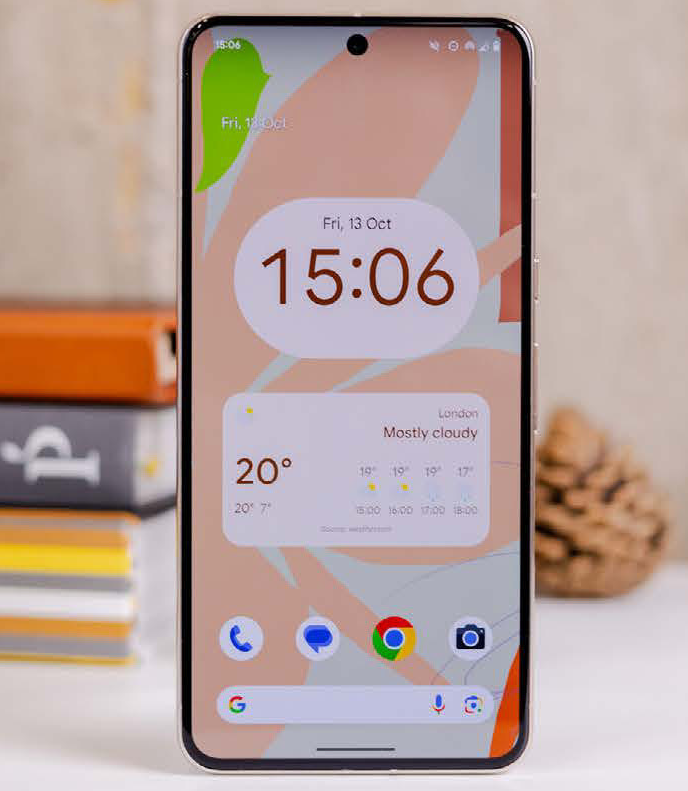
We still think the Pixel, shot for shot, takes the best looking still images in most lighting conditions. Photos are well balanced with good colour reproduction and detail without oversharpening. The experience in the camera app is great, with great flexibility to shoot with the amazing 50Mp main sensor, 48Mp ultrawide, or a very capable 48Mp 5x optical zoom lens.
The core sensors are great, but it’s the software that improves even further. Zooming up to 10x with Google’s Super Res Zoom smarts means hardly any loss in quality, and the clever Magic Eraser tool lets you (sometimes) successfully erase people objects or even background noise from photos and videos to create a better scene.
But the headline new feature is Best Take, which lets you swap out people’s faces in group shots where you’ve taken more than one photo. It’s far from flawless – especially on the (otherwise very good) 10.5Mp selfie camera. Magic Editor is much more effective, though.
Video is very good too (especially with Night Sight now included), but really the Pixel is all about that 50Mp main lens and just how good images consistently look. You’ll probably take more photos with a Pixel in your pocket, which is the biggest compliment you can give a phone camera.
If you’re looking for a more compact phone, consider the regular Google Pixel 8. But there’s no telephoto lens and the ultrawide is significantly worse.
SAMSUNG GALAXY S23 ULTRA
Pros: Outstandingly fast; very good cameras; excellent battery life; lovely premium object
Cons: Slow 45-watt charging; poor selfie camera; huge premium object
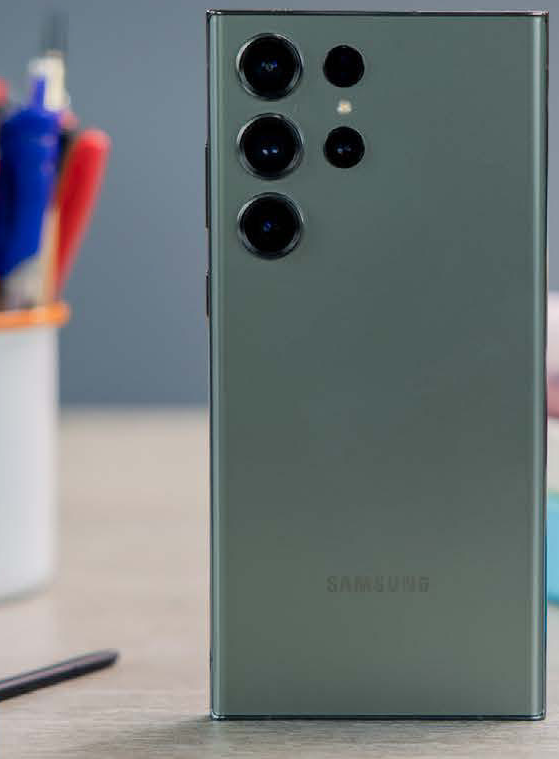
The Samsung Galaxy S23 Ultra is a kitchen sink, every feature ever kind of phone, and that applies to the camera too. It has a 200Mp main lens that uses clever pixel binning tech to produce 12.5Mp images with incredible detail, but you can also shoot in full 200Mp if you want.
The Ultra handles all shooting conditions incredibly well with great low light performance and colour reproduction, though images are more saturated in colour than other phones.
The S23 Ultra has four lenses, with the main, ultrawide, 3x optical zoom and 10x optical zoom all equipped with auto focus. We found that fast moving objects such as pets regularly gave blurry images despite this, so you’ll have to be patient, but this also occurs on other phones such as Apple’s iPhone 14 Pro.
A main downside to the S23 Ultra is its sub-par selfie camera. But overall its four lenses are capable of incredible photos and smooth, steady video, making it a top pick.
GOOGLE PIXEL 7A
Pros: Phenomenal camera for the price; excellent Google software; strong performance; water-resistant
Cons: Slow charging; wireless charging is unreliable; not as fast as the Pixel 7; only 90Hz display
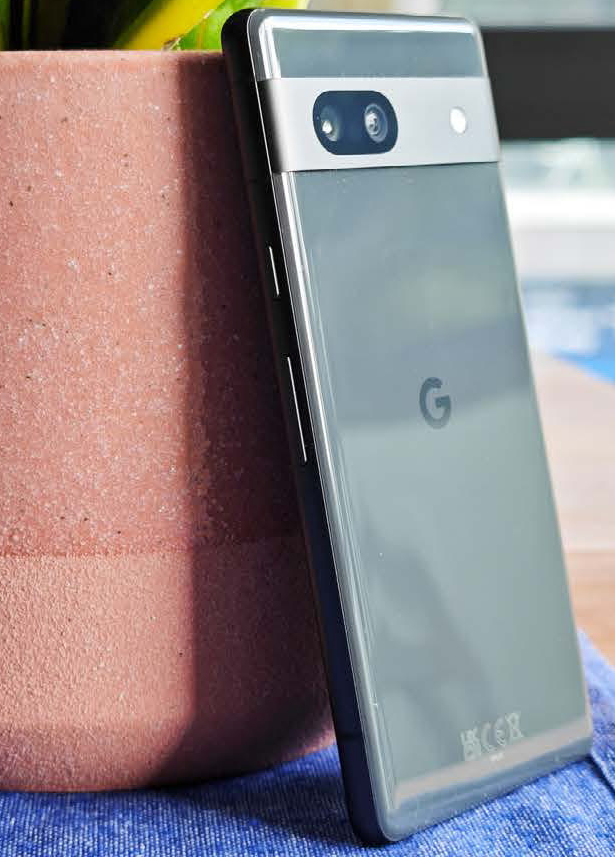
If the phones above in this list are too expensive or simply have too many camera lenses, go for the Google Pixel 7a. It’s more affordable and has a main camera that is every bit as good as the main camera on the Pixel 7 Pro.
It also has a 13Mp ultrawide lens for wider shots, which is good, but colours aren’t as accurate as with the main 64Mp lens. You get all the same software and image processing smarts as on Google’s more expensive phones, plus the 7a is the first Pixel A phone with a 90Hz refresh rate screen and wireless charging – this is pretty much a flagship phone at this stage, for hundreds less.
Performance is solid, the phone is fully waterproof, and it will get software updates until 2028. If all you want is a point and shoot main camera on your phone, this is the cheapest way to invest in a real quality product.
SAMSUNG GALAXY S23
Pros: Premium compact build; slick performance; improved battery life; solid OS support
Cons: Limited upgrades; slow wired charging; Pixel 7 is far cheaper
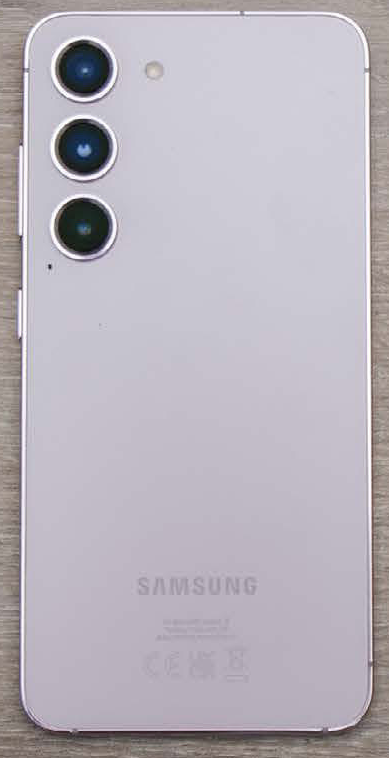
If you want a smaller, premium Android phone with great cameras and long term software support, the regular Galaxy S23 is the best one going. It has the same Snapdragon 8 Gen 2 and top tier performance as the S23 Ultra but costs less.
It still packs in three lenses with main, ultrawide and 3x optical completely a very capable package. The 50Mp sensor is very solid, handling most shooting situations with ease. IF you enjoy Samsung’s saturated social media-tinged photos then it’s an excellent option, and in 2023 Samsung’s One UI software is constantly improving.
Samsung’s video chops are also great, and you can even shoot in 8K. Normal 1080p video is perfectly good though, and steadier than older models as the company slowly catches up with Apple’s superlative iPhone video quality.
For a small phone battery life is also excellent. We think the phone is a tad overpriced but if you can find a good deal then snap it up.
HUAWEI P60 PRO
Pros: Incredible camera for low-light; stunning and durable build; great battery life
Cons: Frustrating software; no 5G; Rococo Pearl finish more expensive
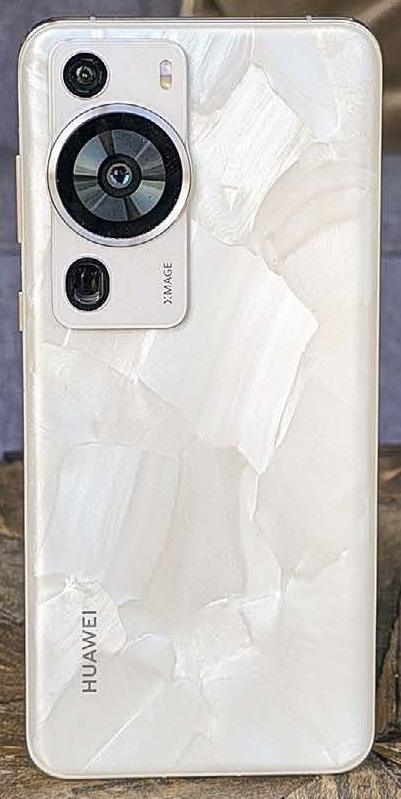
What a shame that the Huawei P60 Pro does not natively support Google services or the Play Store – a common Huawei issue – because this is one of the best camera phones you can buy otherwise.
The P60 Pro has a ten-stop physical variable aperture on its 48Mp main lens allowing you to manually adjust how much light is let into the lens, just like on a traditional camera. It’s cool, but it is a slight gimmick as results don’t vary wildly.
Thankfully, those results are always incredibly good. Low light and day time shots are stunning, with processing and detail to match the Pixel 7 Pro.
You also get the obligatory ultrawide with a 3.5x optical zoom lens too. The latter is amazingly good, and one of the best optical zooms on any phone at the moment. It’s officially on sale in the UK and Europe so if you can do without Google, this is a great phone to go for.
ONEPLUS OPEN
Pros: Great 64Mp telephoto camera; very good 48Mp main and 48Mp ultrawide lens; can use rear cameras for selfies
Cons: Disappointing night mode; Underwhelming front-facing cameras
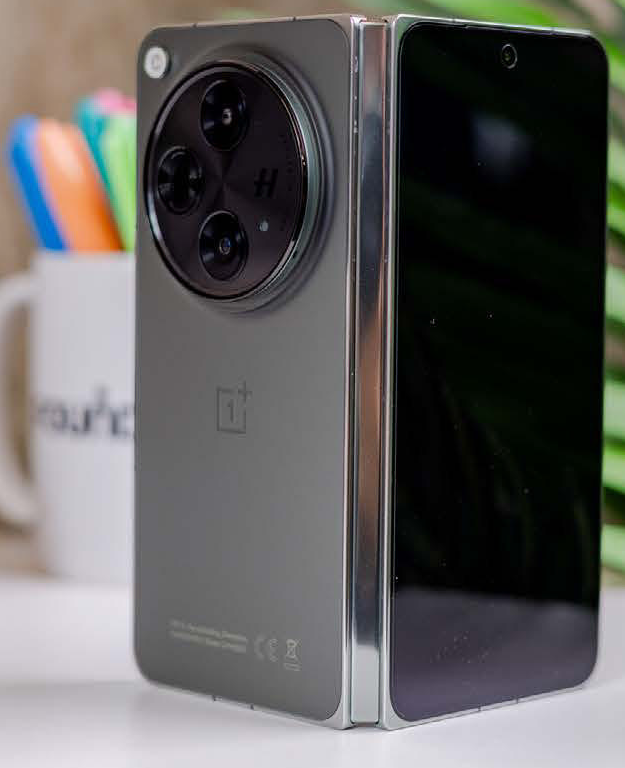
In general, the cameras on folding phones are a step down from the absolute best you’ll find on a regular smartphone. But while all the other phones on this list have slightly better cameras, the photography experience on the OnePlus Open is the best we’ve seen on a foldable.
Each of the three rear sensors are flagship level, with the 64Mp ultrawide a particular highlight with its 3x optical zoom. The 64Mp main lens handles both architecture and landscapes well, and can produce some excellent portrait shots.
And unlike many phones the 48Mp ultrawide lens is only a small step down in quality. The cameras here are on par with the flagship OnePlus 11, which is great to see.
However, they’re not perfect. The night mode is largely ineffective at brightening low-light shots, while the cameras above the cover and internal displays aren’t great. At least you can easily use the rear cameras for selfies.

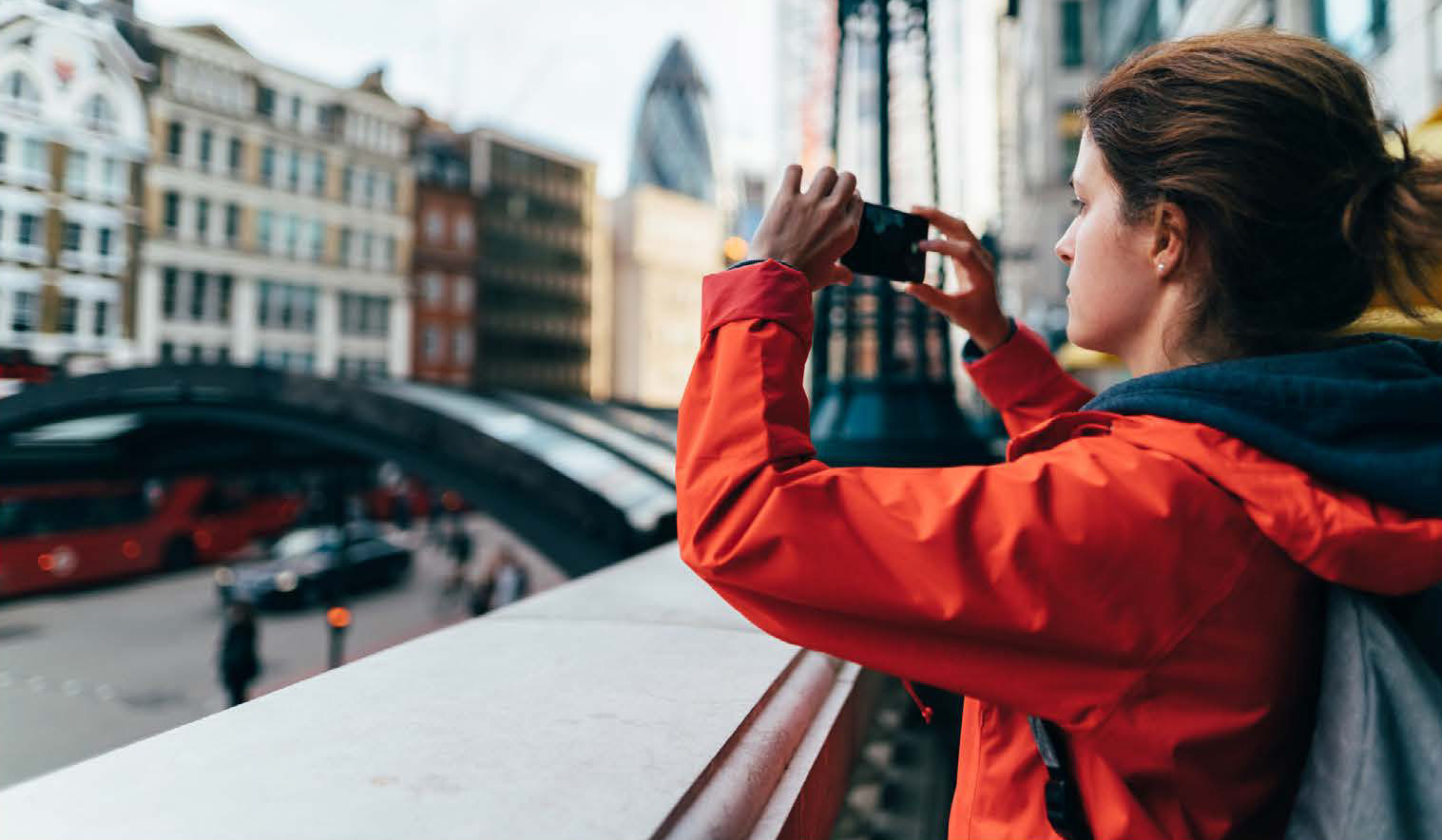
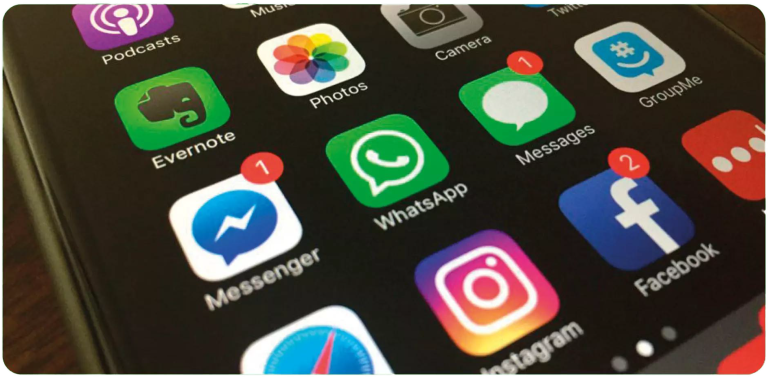



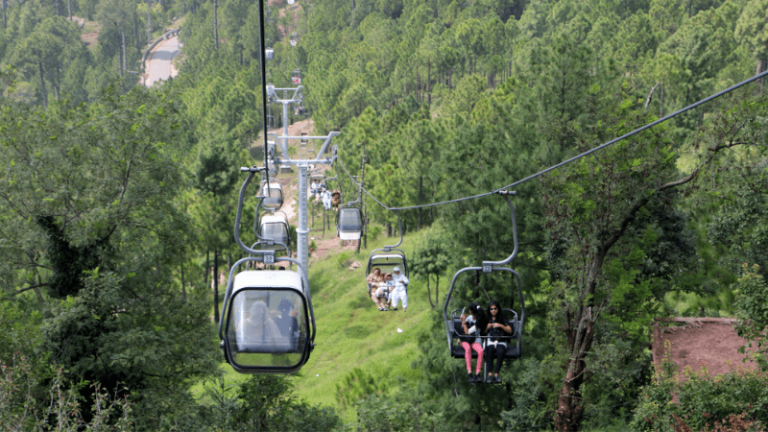
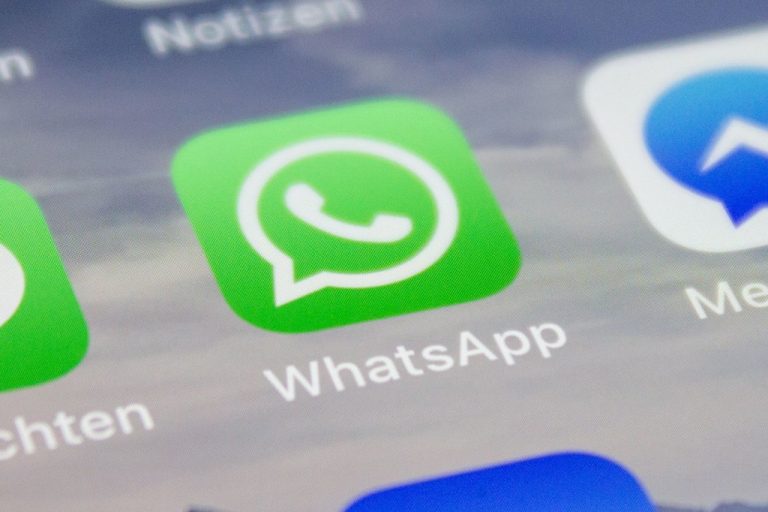
You must be logged in to post a comment.